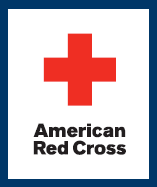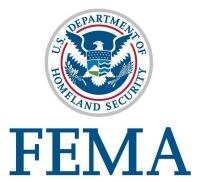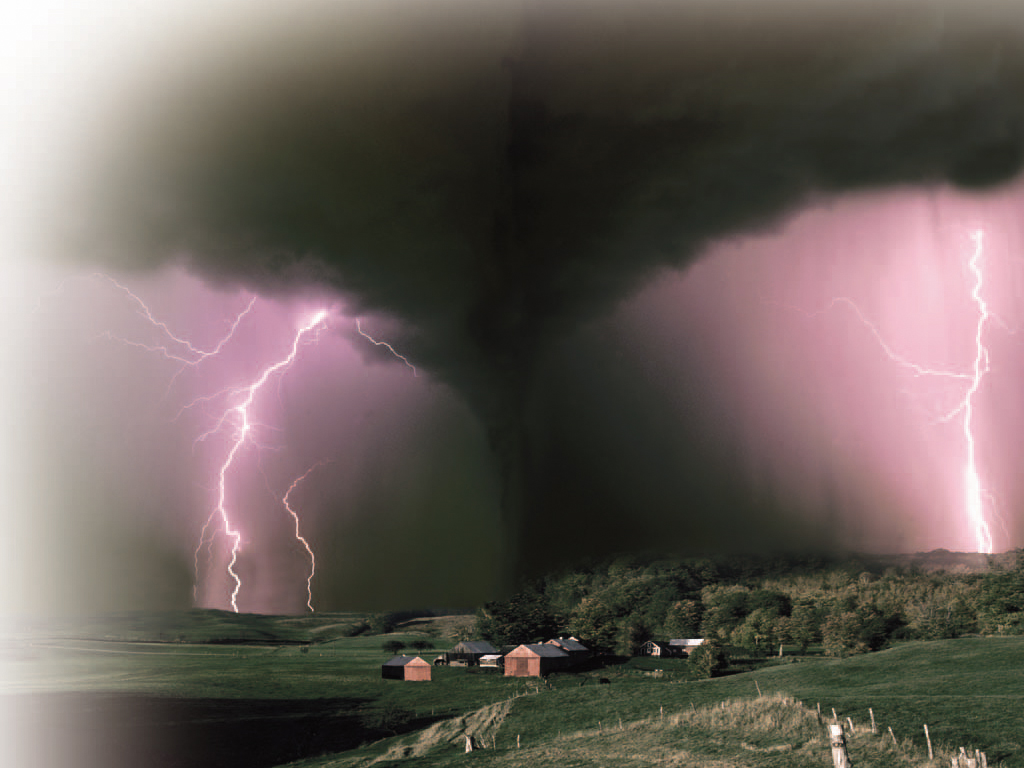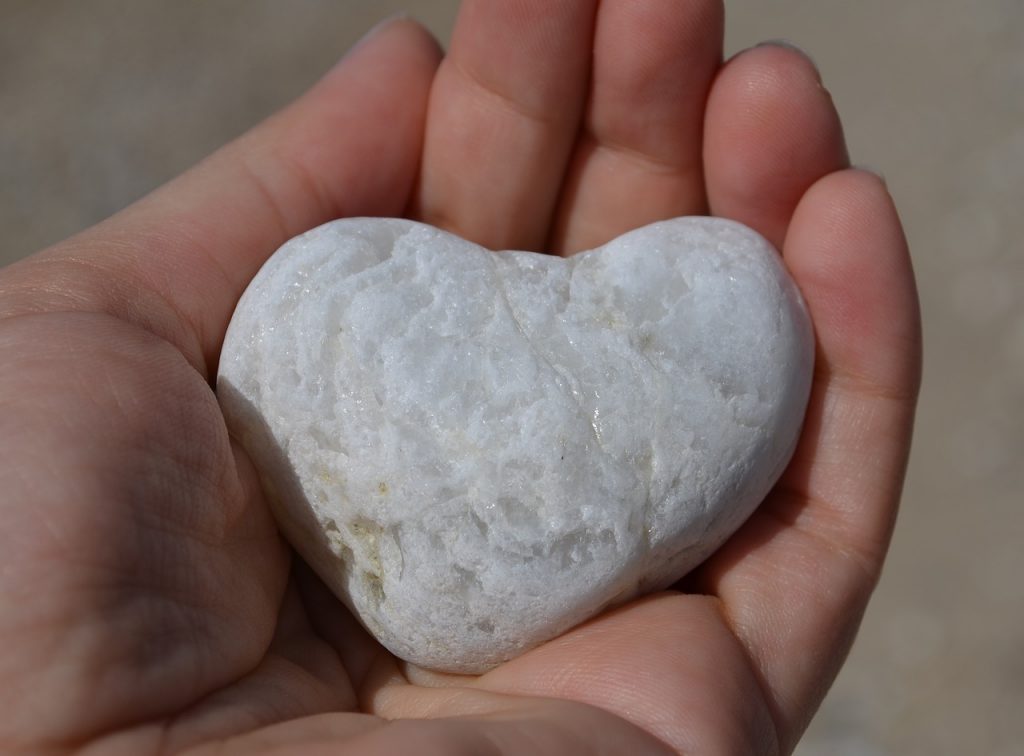When I was a kid and the sky turned green, my family used to gather around our weather radio to find out what was coming our way. We’d listen to that monotonous voice listing off a seemingly endless series of counties, hoping not to hear ours, yet hoping for something other than a rehash of the same “a tornado watch has been issued for…” message that we’d just listened to for the last 30 minutes.
Then it would come: BRAAAP! BRAAP! Seconds later, the outside sirens would fire up and we’d head to the next-door neighbor’s house to seek shelter in their basement, running through the rain.
Though I’m grown up and now have a basement of my own, I still have a weather radio tuned to the closest NWS station. But I don’t enjoy listening to it any more now than I did then. And there are no tornado sirens within hearing distance of Rancho d’El Borak. So I’ve come to rely on my phone instead for timely emergency information.
Here are two apps that I’ve found to be particularly useful when the clouds start a-rolling in:
 American Red Cross Emergency: this free app allows you to define places or people that you want to watch over, and will issue weather and other alerts based on your preferences.
American Red Cross Emergency: this free app allows you to define places or people that you want to watch over, and will issue weather and other alerts based on your preferences.
The first preference is location. The Emergency App allows you to define any number of locations, including “My Current Location” for which you want to be alerted. You can also define your home as a location, and you can link people in your phone to locations as well, so if you’re worried about Aunt Mabel in Schenectady, she can have a location with her picture on it. Each location can also have a radius set (up to 250 miles) that will make up that location.
The second preference is the type of events you wish to be alerted about. Hurricanes, high winds, earthquakes, floods… just about any type of weather event can be turned on or off. You can also choose whether to receive alerts on NWS-issued watches, warnings, or both. I don’t bother about tropical storms here in Kansas, but you can bet tornado watches and warnings are both set to alert!
When an emergency notification is issued you can click on it to read the actual alert as released by the warning agency (like the National Weather Service) and display a map of the areas affected.
In addition to its warning function, the app includes a useful toolkit with apps that will turn your phone into a flashlight, send an “I’m safe” message to selected people in your phone book, and walk you through a number of simple first aid procedures. If you only use one app, this is the one I’d recommend.
 FEMA: The FEMA mobile app works in a similar manner as Emergency with regards to locations – you can define up to 5 locations from which to receive push and sound notifications. These notifications are generally limited to NWS weather alerts and FEMA-issued alerts. Unlike Emergency, the FEMA app does not allow you to set a “current” location that moves with you, so whatever area you’d like to monitor you’ll need to define in the app. You can deny the FEMA app access to your current location information and it will work just fine.
FEMA: The FEMA mobile app works in a similar manner as Emergency with regards to locations – you can define up to 5 locations from which to receive push and sound notifications. These notifications are generally limited to NWS weather alerts and FEMA-issued alerts. Unlike Emergency, the FEMA app does not allow you to set a “current” location that moves with you, so whatever area you’d like to monitor you’ll need to define in the app. You can deny the FEMA app access to your current location information and it will work just fine.
In addition to the weather and event notifications, FEMA provides a comprehensive set of emergency safety tips, bugout bag recommendations, periodic reminders to test your smoke alarms or practice your fire escape plan, and even a way to submit disaster photos*.
Finally, the FEMA app allows you a way to get in contact with FEMA itself, including a list of shelters**, applications for assistance, and a link to call your local FEMA office with questions.
My take: while I find it mostly redundant with Emergency installed, it has a few unique features I appreciate.
In addition to apps, it’s advantageous to sign up for any local notification services that are available. For example, my county takes part in a multi-county alert service that sends texts about local weather or fire emergencies, while the sheriff’s office in the county in which I work has its own service.
I’ve subscribed to both. The upside is that with notifications coming from several sources, you are certain to be aware of what’s going on even if one or two of the connections fail. The downside, of course, is that when everything is working as it should and the storm rolls in, your phone will be hopping with redundant notifications.
That’s fine – it’s better to read of oncoming trouble three times than not at all.
Just remember that preparation for emergencies starts long before you start glancing at your phone.
* Though I’m not sure where they end up, because I don’t send pictures to FEMA.
** Never, ever go to a FEMA shelter unless the alternative is death. Even then, think twice.










5
[…] Read More […]